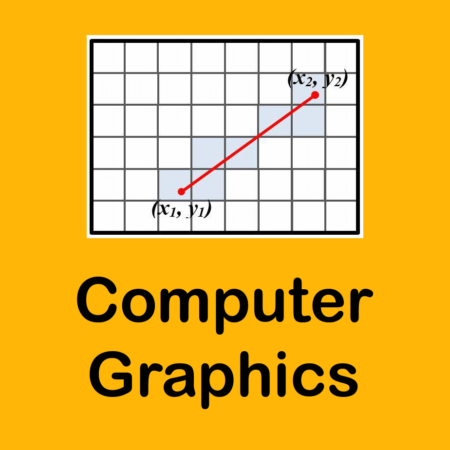Enterprise Network Design Viva Questions
₹49.00
₹29.00

-
Enterprise Network Design Viva Questions
Enterprise Network Design Viva Questions
An enterprise network consists of physical and virtual networks and protocols that serve the dual purpose of connecting all users and systems on a local area network (LAN) to applications in the data center and cloud as well as facilitating access to network data and analytics.
Prepare For Your Placements: https://lastmomenttuitions.com/courses/placement-preparation/
![]()
/ Youtube Channel: https://www.youtube.com/channel/UCGFNZxMqKLsqWERX_N2f08Q
Follow For Latest Updates, Study Tips & More Content!
Course Features
- Lectures 6
- Quizzes 0
- Duration 50 hours
- Skill level All levels
- Language English
- Students 0
- Certificate No
- Assessments Yes


![demo_image Digital Logic & Computer Organization and Architecture [ MU ]](https://lastmomenttuitions.com/wp-content/uploads/2019/07/demo_image-450x450.jpg)
